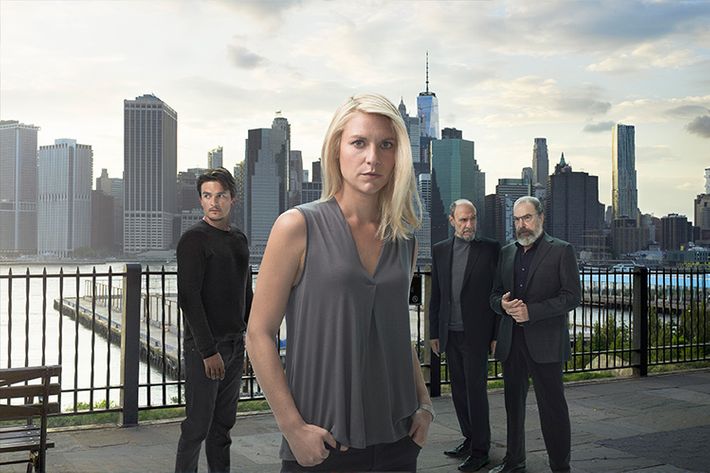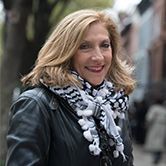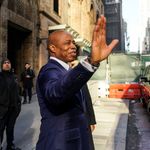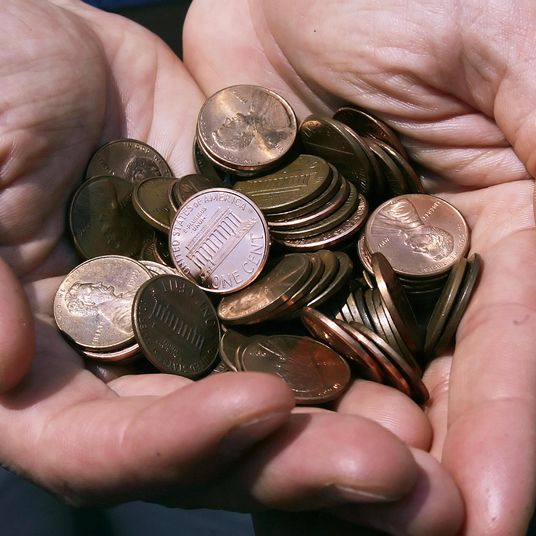

Homeland’s back for a new season — and back in the U.S. Season six, premiering January 15 at 9 p.m. on Showtime, unfolds in New York, and it’s the first time in years the series is set primarily on domestic soil.
This season sees protagonist Carrie Mathison trade Berlin for Brooklyn, where she now works for a non-profit advocating for U.S.-based Muslims. Despite the change of scenery, Homeland is still, as always, uncannily timely, centering on relevant issues and actual current affairs. The season transpires over the course of 72 days: the tense, uncertainty-riddled transition period between Election Day and the inauguration of the president-elect (who, notably, happens to be female).
In anticipation of the upcoming premiere, we caught up with Lesli Linka Glatter, Homeland’s director and executive producer. Glatter’s work on the series has earned her five Primetime Emmy nominations, among other accolades.
We hopped on the phone with Glatter as she, fittingly, was in the process of heading out in a location van. In our conversation, we covered the in’s and out’s of directing a show as complex, ever-changing, and often prescient as Homeland, specifically diving into what it was like filming in New York this time around.
You’re both director and executive producer for Homeland — that’s a lot to balance. In the past, you’ve directed four episodes a season. Is that the case with season six?
That is the case. The only thing that’s different is usually I direct the first two episodes, but I didn’t this year because there was a section shooting in the Middle East, which I was working on – that’s in episodes three and four. So, for the first time, I did not do the first two.
So, this season I’m doing three, four, eight, and the finale. I love what I do; it’s good I love my job because we work like crazy people all the time. [laughs]
Can you tell us your approach to location scouting in New York for season six?
For us, location is very much a character in the story. Last season, we were in Berlin, and Berlin was very much a part of the storytelling. That’s obviously the same approach we have with New York; we can’t separate the story from the place – we want to tell a story that couldn’t be told anywhere other than in New York. Being here is intricately woven into the storytelling. I think the great challenge, because New York is so amazing to shoot in, is how do you find a way to shoot New York that’s unique to our story? And that’s been a wonderful challenge.
Were there any main locations you filmed?
We’re all over the city. We’re in Manhattan, but we’re also in Queens and Brooklyn – Bed Stuy, Bushwick – and we’re in the Bronx.
What does New York uniquely offer you as a director? And, on the flip side, what are the challenges of filming in New York? There are definitely a lot of variables … nosy passersby, for example.
And one has to embrace that. I think one of the challenges here now is that there are around 54 productions shooting … and things like traffic, and there are so many places in the hot zone that you want to shoot, but you really can’t.
One of the big pluses is that anywhere you put the camera, there’s something visually amazing. I’m standing here getting into the van going to our studios in Greenpoint, and we have just the most extraordinary view across the East River to Manhattan. Even just coming to work in the morning is amazing. The production value anywhere you turn the camera is fantastic.
But yes, we of course had issues. I was shooting in Times Square, and we were doing it very stealth (but of course, we were permitted). Literally every time we started rolling – and this was a very minimal crew – people would start coming up to the actors and talking to them. I’m sure that kind of thing happens all the time, but that opens up life. Life happens, and you can’t control everything. And that can be an incredibly exciting thing too … you have to be open to life, and the opportunity for something extraordinary to happen that you couldn’t have planned.
One of the most interesting things about Homeland is that it reinvents itself every season. In season six, how would you say New York plays into this reinvention?
After being overseas for several seasons, I think certainly it was time to take the show back to America. And what is the most, not just American city, but the center of America? New York. It felt like the appropriate place. There are more jurisdictions here than anywhere. And when you’re talking about the world of intelligence, New York is at the real center of that. We’re also dealing with a very specific timeframe this year.
One of things I love as a director is that we do reinvent ourselves. You’d think, ‘Oh, a season six show, you’ve got it dialed in,’ but every year we’re in a new city with a new crew, with a new story, and new characters. Those are all exciting challenges. It keeps it very alive as well.
Also, I have to say, shooting in the winter has been interesting. We were just shooting up in Putnam Valley, and we were telling a story that was during a confined time period, just a couple of days. And it went from sun, to snow, to rain within that time – you just have to deal with that. Then, we’re shooting in a huge building in the Brooklyn Navy Yard and all of the sudden we find out they’re going to be pile-driving outside to build a new pier. This is life. Life comes in, and you have to embrace it or you’ll make yourself crazy.
Homeland has always been somewhat prescient, navigating very real, very timely and relevant themes. What’s your approach to tackling sensitive subject matter? For example, season six focuses on the treatment of Muslim Americans.
I don’t think you can try to be prescient. I do think you can try to tell a good story that’s based on research, but it is a story. It’s been written about now, but we do a yearly trip to DC to meet with intelligence experts and a lot of the story comes out of those meetings: What are their concerns and what are their deep fears? The writers go into that room and come up with a story based on that and many other things.
But, the main thing is that we have really complicated and compelling characters, and that’s what takes you through whatever circumstances you’re in. I think that with the questions the country is asking – that we’re all asking – there’s no one way to look at them. To me, a classic and amazing Homeland situation is when two characters are having a conversation and they have completely opposing views, and they’re both right. That’s one of the most exciting things – this is not about who’s right and who’s wrong, it’s about looking at all sides of something and what the impact is. It’s all channeled through what I think are very compelling characters … I think we’re living in a world filled with ambiguity and shades of gray, and Homeland fits right in there.
This is paid content produced for an advertiser by New York Brand Studio. The editorial staff of Daily Intelligencer did not play a role in its creation.




























